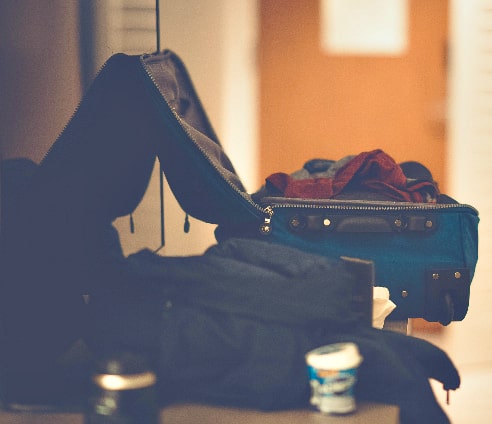Without a doubt, Lapland is a destination that offers among the best winter vacations in Europe and the world. But what should you know before setting off on such an adventure? Here are some frequently asked questions on tours of Lapland.
What is Lapland Famous For?
There's no denying it, when it comes to Lapland trips, everyone chooses this destination for the unique nature and fun winter activities. This northern region boasts impeccable natural beauty with many corners still untouched by man. Although rather chilly, there are numerous opportunities for leisure in Lapland, including snowmobiling, meeting reindeer, the local Sami people, and, of course, searching for the Northern Lights. Topping it all, Santa's official residence is set in Finland's Rovaniemi, making Lapland a famous destination for travel.
How Far in Advance Should You Book Lapland Travel Packages?

We’ll share a secret with you, planning a trip to Lapland on your own is challenging, time-consuming, and most likely turns out to be more costly than when booking your trip with professional tour operators. In any case, when it comes to booking tours to Lapland, the main rule is the earlier, the better. This destination has taken its place on many travelers’ bucket lists; thus, evidently, the demand is clearly above average.
Although the territory of northern Scandinavia is very vast, the options for accommodation, transport, and other key travel elements (such as spots on guided tours and activities) are limited by capacity. Therefore, to avoid skyrocket prices, none or poor accommodation options, and sold out activities which you simply can’t miss out on, do yourself a favor and start your tour preparation process well in advance.
For instance, if you wish to visit Santa Claus in Rovaniemi, Finland, consider contacting a specialist about 6 to 8 months prior to your supposed departure date. This is the smartest and most budget-saving option, trust us, especially when Lapland Christmas packages are the case in point.
What to Pack for Lapland Winter Holidays?
If you’re planning to visit Lapland in winter, packing warm clothes is something that’s more than obvious. To be fair, no matter which time of the year you go to northern Scandinavia, you must be prepared for the cold weather conditions of that area.
Those going in winter should pack warm thermal clothing, coats, thick socks, hats, gloves, scarves, as well as comfortable and warm shoes or boots. It is best that your outerwear is long, has a hood, is wind and water-resistant, and capable of warming you up in freezing temperatures. Warm pants that are waterproof are a must, for example, flannel ones for skiing are a good choice. Some people even prefer to put on warm thickleggings underneath them when planning to spend a lot of time outside in winter Lapland. You won’t go wrong by taking extra sweaters, especially wool ones, as more layers of clothes will help keep you warm.

Don’t forget to take special adaptors for your electronic appliances as the sockets in Norway, Sweden, Finland, and Iceland use plugs of the European standard for 220 volts. If you use the plugs of a different standard, keep in mind that it will be impossible to charge your phone and other devices without an adapter. Power banks are also a good solution as devices tend to run down faster when used in low outside temperatures.
As you can see, planning a trip to Lapland can be rather challenging as there are a lot of things you need to keep in mind. But don't worry, out travel experts organized hundreds of vacation to Scandinavia over the years. They know what pitfalls to avoid, so your vacation would bring you nothing but happy memories. If you need any help with planning your holiday or have any questions left, don't hesitate to reach out to us, we will be happy to help!


